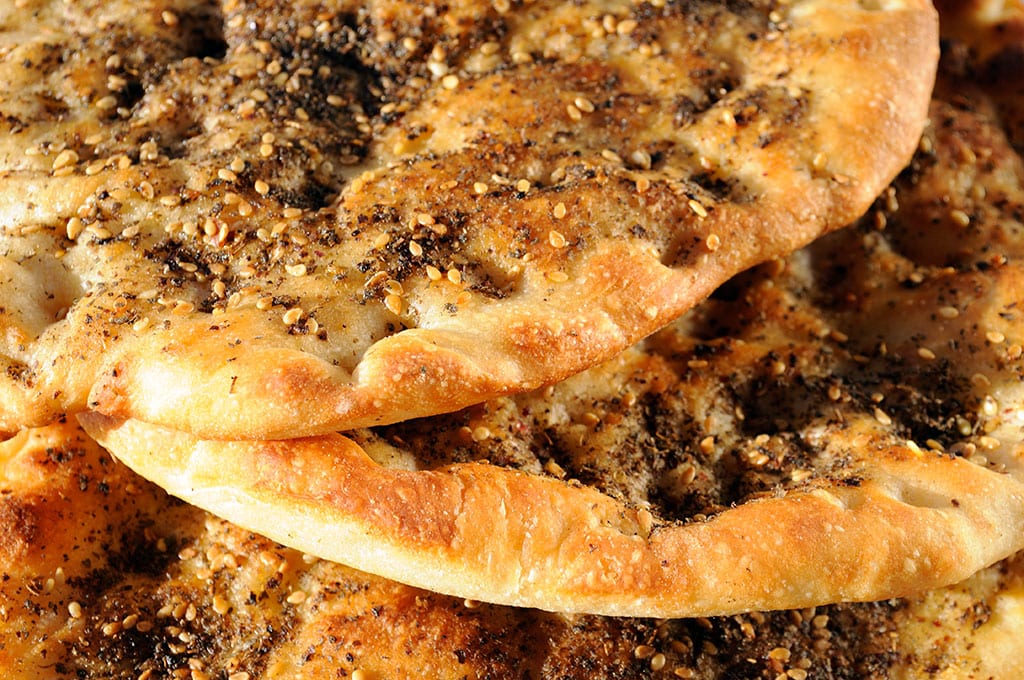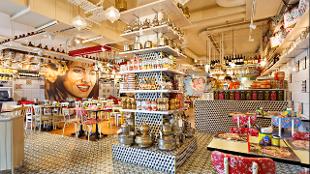

There’s tabbouleh, baba ghanoush, grape leaves and falafel - all of which (and more) are found on the Beirut Mix Mezza Combo for two.īut there’s more, not all of which is familiar.

But then, the list of small dishes alone - the mezza and the salads - could keep you busy for many visits.Īll the familiar dishes are here - an exquisitely good hummus, served both plain (sui generis, as it were) and topped with crispy beef and pine nuts. Aside from that, it’s whatever you want it to be.Ģ515-F Artesia Blvd., Redondo Beach 31, It’s easy to feed a bunch by ordering one of the family meals available at Beirut Mix - the family tray consists of six skewers, rice, hummus, salad and pita bread the meal for four includes an assortment of appetizers, along with six skewers or kebabs, and all the rest. As is Greek salad, which is usually defined by the presence of feta cheese and kalamata olives. I love the word play, intentional or not.Īnd the roasted chicken could come from anywhere in the Mediterranean - chicken with pomegranate and pine nuts is a universal dish. There are a few more unexpected dishes on the menu, as in the chicken haleen, described as an “Indo-Pakistani traditional specialty” - lentils, barley, whole wheat, chicken and what the kitchen wonderfully describes as “spicy spices.” A cousin of “salty salt” and “peppery pepper” I guess. And the beef kofta masala is a fascinating culinary amalgam - a fusion of lean ground beef, richly spiced, in a sauce of tomato, onion, butter and cream. It’s not often that seafood is found on a Middle Eastern menu - not unknown, but less common than beef, lamb and chicken. The same can be said for the beef kofta masala, and the fish masala. I’m not entirely sure how the Anglo-Indian creation called chicken tikka masala (a dish invented in Glasgow, Scotland - seriously, you can look it up!) wound up on a Middle Eastern menu, but there it is. But there are also unexpected twists and turns on the menu.

Friends drop on by for a plate of grilled lamb chops, or perhaps the “so tender it melts in your mouth” (as the menu helpfully informs us) lamb shank stew, to chew some baklava, and linger over thick, strong Turkish coffee. Not quite - but almost.Īl Hamra has the feel of a neighborhood café - in a neighborhood far away. And heck, the beef kofta wrap is almost a hamburger. Honestly, I have to wonder about the sanity of anyone who would eat at Mickey D’s, when there’s a tasty option like Al Hamra near at hand. This is not a cuisine one grows tired of - how do you get tired of falafel, grape leaves and lentil soup, the essence of Middle Eastern comfort food. It’s fun to watch as different dishes pass through the many cultural filters in the region, as stuffed grape leaves, and things made with garbanzo beans, change sometimes subtly, and sometimes radically as they cross national and linguistic borderlines.Ģ515 Artesia Blvd., Redondo Beach 31, Al Hamra is the go-to destination for one of the South Bay’s most ubiquitous cuisines - the ever-present kebab and shawarma and gyro and hummus and pita shop, where the chow is good to eat in, and good to take out, the prices are reasonable, the service is fast, and food is good, and often better than good. Though there is a smattering of restaurants representative of the other parts of the Arabic world, the chances are that when you eat in a Middle Eastern restaurant here in Los Angeles, the dishes will be either Lebanese or Armenian and since the differences between the two styles of cooking may not be all that evident, they may seem, functionally, like the same cuisine.Īfter the foods of the Far East (the variety of which is, for all due purposes, virtually endless), my favorite culinary region is the Middle East. While New York’s Arabic community is dominated by Syrians and Lebanese, judging from the restaurants here in Los Angeles (restaurants are always a good barometer of population’s distribution) the community is made up mostly of Lebanese and Armenians. They were followed in due time by a steady trickle of Palestinians, Egyptians, Iraqis, Jordanians, Yemenis and Arabic-speaking Armenians from Lebanon. After World War II, economic problems in Lebanon brought a second great wave of Syrians and Lebanese. The first real wave of Arab immigration didn’t come until the 1890s, when many Syrians, fleeing the Ottoman Empire, arrived first in New York, and then fanned out across America. It is not easy to trace the roots of the Arabic community in Los Angeles, though it would seem fairly certain that our local Middle Eastern populace followed fairly close upon the heels of the Arabic migration into New York City.Īccording to Zelda Stern’s excellent volume, “The Complete Guide to Ethnic New York,” New York’s Arab community goes back to the 1870s, to the man known as the “Syrian Columbus.” His name was Moses David, and he’s believed to be the first Arab settler in New York and perhaps in the whole United States.


 0 kommentar(er)
0 kommentar(er)
